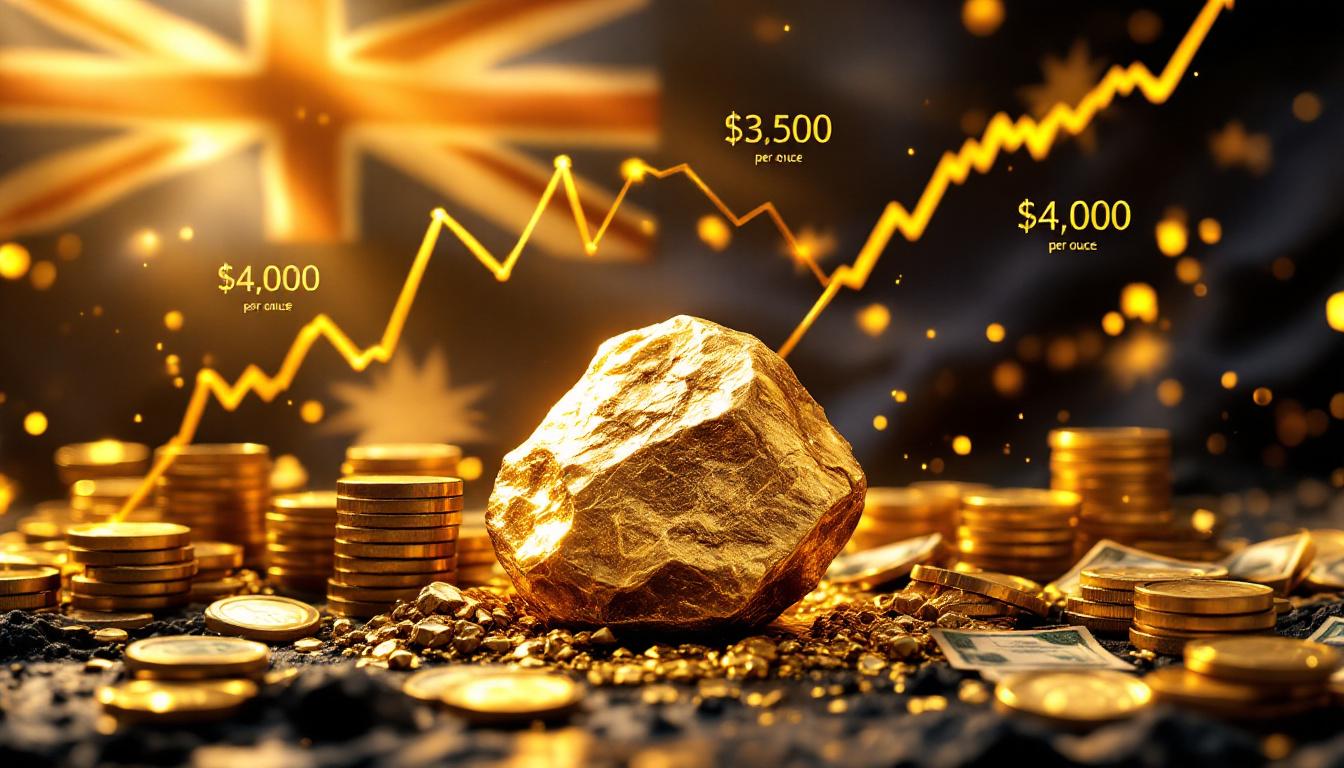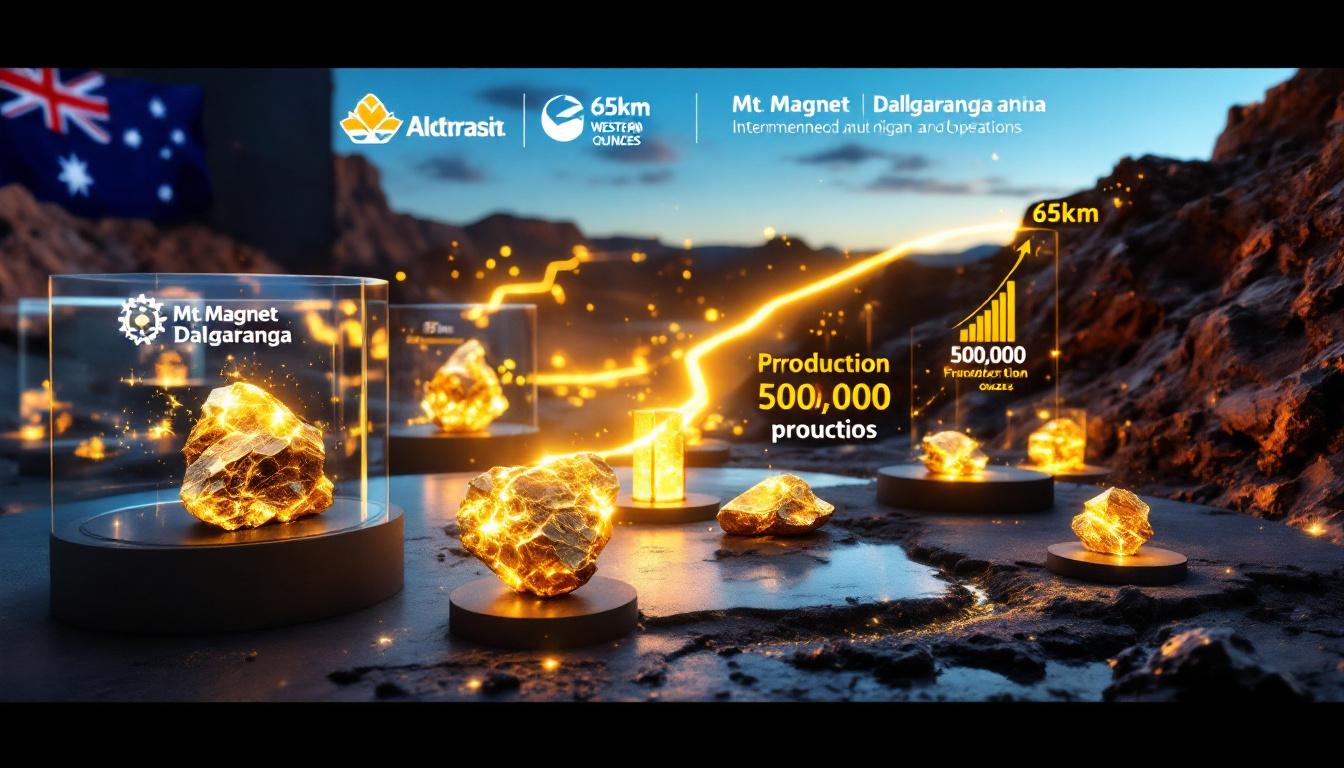What Happened in the Recent Selenium Market?
The selenium market experienced significant movements in recent weeks, with notable tender results and price fluctuations capturing market participants' attention. Two major tenders have particularly influenced market sentiment and pricing dynamics across the selenium value chain.
Mid-Year Tender Results and Price Movements
In a closely watched procurement event, Daxinan Manganese Industry concluded its tender for 4 metric tons of selenium dioxide with the winning bid coming from a Hunan-based enterprise at just below 92.5 yuan/kg. This transaction reflected the competitive nature of current selenium dioxide supply, with the top three bidding prices clustered tightly around the 92.5 yuan/kg mark.
More significantly, Tongling Nonferrous Metals Group's Jinguan Copper Industry Branch successfully traded 32 metric tons of crude selenium at approximately 115 yuan/kg. This transaction price represented a notable increase compared to recent deals in the 105-108 yuan/kg range, signaling a potential shift in market dynamics.
"The transaction price from Tongling's tender significantly increased compared to recent market levels, indicating a clear recovery in market confidence for crude selenium," notes SMM's latest market analysis report.
Selenium prices displayed a distinct "V-shaped" pattern during the week ending June 27, 2025. The market began with noticeable weakness but gained significant momentum in the latter half, concluding with strengthening prices across multiple product categories.
Current average prices across the selenium product spectrum as of June 27, 2025:
| Product | Price (yuan/kg) |
|---|---|
| Crude selenium | 110 |
| Selenium dioxide | 92.5 |
| 99.9% selenium powder | 180 |
| 99.99% selenium powder | 265 |
Market Sentiment and Competitive Landscape
The mid-year tender season has revealed fierce competition among selenium dioxide suppliers, particularly for manganese plant procurement contracts. The clustering of bids around the 92.5 yuan/kg level for Daxinan's tender demonstrates suppliers' eagerness to secure sales volumes, even at historically competitive prices.
For crude selenium, the market witnessed a remarkable shift in supplier behavior throughout the week. Early in the week, suppliers demonstrated a strong willingness to sell, driven primarily by pre-mid-year financial considerations:
- Desire to reduce inventory before mid-year reporting
- Need to improve cash positions ahead of June financial statements
- Preparation for July raw material procurement cycles
However, after Tongling's successful high-price tender, sentiment shifted dramatically. By mid-week, many suppliers began:
- Actively withholding inventory from the market
- Raising price quotes for available material
- Adopting a more confident stance in negotiations
This behavioral shift reflects growing confidence that the selenium market may have reached its cyclical bottom, with potential recovery on the horizon as the industry moves into the third quarter of 2025.
Why Are Selenium Prices Fluctuating?
The recent price volatility in selenium markets can be attributed to a combination of short-term financial considerations, supply-side strategy adjustments, and evolving demand dynamics. Understanding these factors provides crucial context for the recent "V-shaped" price pattern.
Pre-Mid-Year Market Dynamics
A primary driver of early-week price weakness was the traditional pre-mid-year inventory reduction strategy employed by many selenium manufacturers. This approach serves multiple strategic purposes:
"Selenium dioxide suppliers currently have a strong willingness to sell, which is mainly due to manufacturers hoping to reduce inventory and cash in before mid-year financial reporting," explains SMM's analysis.
The mid-year financial reporting cycle creates predictable behavioral patterns among suppliers, who typically prioritize:
- Converting inventory to cash to strengthen balance sheets
- Improving liquidity positions ahead of June 30 financial statements
- Generating capital for July raw material procurement
Adding to this seasonal pattern is the psychological impact of July 2024's remarkable price performance. Many market participants are positioning themselves strategically based on this historical precedent, with buyers and sellers alike anticipating potential similar movements in July 2025.
Further supporting market engagement is the risk assessment that current prices represent historical lows, creating what many perceive as limited downside risk for buyers entering the market now.
Supply-Side Factors
The supply landscape has featured multiple selenium manufacturers conducting tenders simultaneously, creating a competitive environment that initially pressured prices downward. However, as the week progressed, crude selenium suppliers dramatically reversed course, actively withholding sales and raising quotes.
This shift appears directly linked to the successful high-price tender from Tongling Nonferrous Metals Group. The 115 yuan/kg transaction price served as a catalyst, demonstrating stronger-than-expected market demand and triggering a reassessment of selling strategies among suppliers.
The competitive bidding environment has revealed important insights into supplier pricing strategies:
- Initial willingness to accept lower prices to secure sales
- Rapid pivot to inventory preservation when market sentiment improved
- Strategic quote increases following successful high-price tenders
- Coordinated movement toward price support rather than volume maximization
Demand-Side Influences
On the demand front, the healthy operation of downstream industries, particularly manganese plants, has provided fundamental support for selenium prices even during periods of weakness.
Buyer behavior has evolved throughout the week, with increased buyer interest and active participation in tenders signaling growing confidence in the market's direction. Particularly noteworthy is that buyers have begun actively raising purchase intention prices for crude selenium—a clear indicator of strengthening demand.
This combination of steady downstream consumption and increased buyer price tolerance has created favorable conditions for the price strengthening observed in the latter part of the week.
How Does This Compare to Historical Selenium Market Trends?
Placing current market conditions in historical context provides valuable perspective on potential future movements. The selenium market has demonstrated cyclical patterns that may offer insights into current positioning and probable trajectories.
Current Market Position
The most significant contextual factor is that selenium prices currently sit at historical low points across multiple product categories. This positioning creates a unique market psychology:
- Buyers perceive limited downside risk at current price levels
- Historical price patterns suggest potential for upward movement
- Value buying emerges as a dominant strategy among purchasers
Despite these historically low prices, the market has maintained active transaction volumes—a positive indicator that fundamentals remain relatively healthy despite price pressure. This continued engagement distinguishes the current market from more severe downturns where buyer participation often diminishes significantly.
With the third quarter of 2025 approaching, many market participants are drawing parallels to the previous year's performance, when July 2024 saw notable price strength following similar mid-year patterns.
Price Support Mechanisms
Several structural factors are providing support for selenium prices even at current low levels:
-
Downstream industry health: The continued robust operation of manganese plants and other selenium-consuming industries provides fundamental demand support that limits potential further downside.
-
Psychological price floor: The perception that current levels represent historical lows creates resistance to further downward pressure, as buyers increasingly view current prices as favorable entry points.
"The current selenium price is at a historical low, and the risk of continuing to buy at a low price is already small," notes SMM's market assessment, reflecting the prevailing sentiment among buyers.
-
Increased buyer participation: The tender results demonstrate that multiple buyers are actively competing for available material, indicating healthy demand even at current price levels.
-
Strategic inventory management: Suppliers have begun adjusting their selling strategies, transitioning from inventory reduction to more selective sales approaches that could limit market supply.
These support mechanisms suggest that while prices have reached historically low levels, the conditions for potential price recovery are gradually emerging, particularly as the market moves toward the traditionally stronger third quarter.
What Can We Expect for Selenium Prices Going Forward?
While forecasting commodity prices involves inherent uncertainty, analysis of current market conditions, supply-demand dynamics, and historical patterns provides a framework for understanding potential future movements in the selenium market.
Short-Term Outlook
In the immediate term, the recent price stabilization of selenium dioxide after its earlier decline suggests a potential floor has been established. The competitive bidding observed in recent tenders indicates sufficient demand exists to prevent further significant price erosion.
For crude selenium, the successful high-price tender at Tongling and subsequent supplier behavior adjustment point toward continued price strengthening as the market moves into July. This outlook is reinforced by:
- Increased market participation from both buyers and sellers
- Strategic positioning ahead of anticipated July market movements
- Recent shift from supplier eagerness to sell to inventory preservation
- Historical patterns suggesting Q3 price strength
The combination of these factors creates conditions favorable for price stabilization and potential modest recovery in the near term, barring any unexpected macroeconomic or industry-specific disruptions.
Medium-Term Considerations
Looking beyond the immediate horizon, several factors will likely influence selenium price trajectories through the remainder of 2025:
1. Downstream Industry Performance
The continued health of manganese plants and other selenium-consuming industries will remain a critical price support factor. Any changes in downstream production rates or procurement strategies would have direct implications for selenium demand and pricing.
2. Supply-Demand Balance Shifts
The recent shift in supplier behavior from inventory reduction to strategic sales suggests potential tightening in available market supply. If this trend continues, it could create more favorable conditions for price recovery from current historical lows.
3. Inventory Positioning
As the market moves past mid-year financial reporting, both suppliers and buyers will adjust inventory strategies. Suppliers appear to be transitioning toward inventory preservation, while buyers may increase stocking activity if they perceive limited downside risk at current prices.
4. Tender Activity
Continued tender announcements and results will provide ongoing insights into true market pricing dynamics. The competitive nature of recent tenders suggests healthy market engagement that could support firmer pricing.
"Market participants have indicated that the current healthy operation of selenium's downstream industries will provide support for future selenium prices," reports SMM, reflecting optimism about medium-term prospects.
Buyer and Seller Strategies
Market participants are adapting their approaches to the evolving selenium landscape:
For Buyers:
- Opportunistic purchasing at perceived market bottom
- Increased focus on securing supply through competitive tender participation
- Gradual raising of purchase intention prices
- Strategic timing of major purchases around anticipated price movements
For Sellers:
- Shift from inventory reduction to selective sales approaches
- Quote increases following successful high-price tenders
- Increased coordination of selling strategies
- Strategic inventory management to support price recovery
These evolving strategies will themselves influence market dynamics, potentially creating a self-reinforcing cycle of improved sentiment and firmer pricing as the market moves into the second half of 2025.
FAQ About the Selenium Market
What factors are driving the current selenium price movements?
The selenium market is experiencing price movements driven by several interconnected factors:
- Mid-year financial reporting considerations causing initial inventory reduction
- Historical price patterns creating expectations based on July 2024 performance
- Strategic inventory management transitions among suppliers
- Healthy demand from downstream industries, particularly manganese production
- Price position at historical lows creating perception of limited downside risk
The combination of these factors created the recent "V-shaped" price pattern, with weakness followed by strengthening as sentiment improved.
Why did selenium prices follow a weakening-then-strengthening pattern this week?
This distinctive price pattern resulted from a clear shift in market psychology and supplier behavior:
-
Initial weakness: Suppliers prioritized inventory reduction and cash generation before mid-year financial reporting, leading to increased selling pressure and competitive pricing.
-
Mid-week catalyst: Tongling's successful high-price tender (115 yuan/kg for crude selenium) demonstrated stronger-than-expected demand.
-
Subsequent strengthening: The successful tender boosted market confidence, prompting suppliers to shift strategy toward holding inventory and raising quotes.
This pattern demonstrates how quickly sentiment can shift in the selenium market, particularly when supported by concrete transaction evidence like the Tongling tender result.
How do current selenium prices compare to historical levels?
Current selenium prices are at historical lows across product categories:
- Crude selenium averaging 110 yuan/kg
- Selenium dioxide at 92.5 yuan/kg
- 99.9% selenium powder at 180 yuan/kg
- 99.99% selenium powder at 265 yuan/kg
These price levels create what market participants view as limited downside risk for buyers, contributing to the active transaction volumes despite the historically low positioning. The market's historical cyclicality suggests potential for recovery from these levels, particularly as the industry moves into the traditionally stronger third quarter.
What impact do manganese plants have on the selenium market?
Manganese plants represent a key downstream industry for selenium products, particularly selenium dioxide. Their impact on the market is multifaceted:
- Demand driver: Healthy operation of manganese plants ensures consistent selenium dioxide consumption
- Price supporter: Continued production maintains fundamental demand even during periods of price weakness
- Tender participant: Manganese producers like Daxinan actively procure selenium through competitive tenders
- Market indicator: Manganese plant operational rates serve as a leading indicator for selenium demand health
The current healthy operational status of manganese plants in 2025 is providing crucial fundamental support for selenium prices and driving competitive bidding in procurement tenders, as evidenced by the clustered bidding around 92.5 yuan/kg for Daxinan's recent selenium dioxide tender.
Furthermore, understanding the copper price insights can provide additional context, as selenium is often a byproduct of copper production. Additionally, the broader mining evolution trends are influencing how selenium is produced and traded globally.
Investors should also consider the commodity price impact on mining companies that produce selenium as a byproduct. For those looking to capitalize on this market, there are various investment opportunities emerging from the current price dynamics. The development of global mining innovation will also continue to affect selenium extraction efficiency and market supply in the coming years.
Disclaimer: This analysis is based on current market conditions and historical patterns. Actual price movements may be influenced by unforeseen factors including macroeconomic changes, supply disruptions, or shifts in downstream industry demand. Readers should conduct their own research before making investment or procurement decisions based on this information.
Want to Catch the Next Major Mineral Discovery?
Discovery Alert's proprietary Discovery IQ model provides real-time notifications when significant ASX mineral discoveries are announced, empowering investors to act before the broader market. Visit the Discovery Alert discoveries page to see how major mineral discoveries have historically generated substantial returns for early investors.




